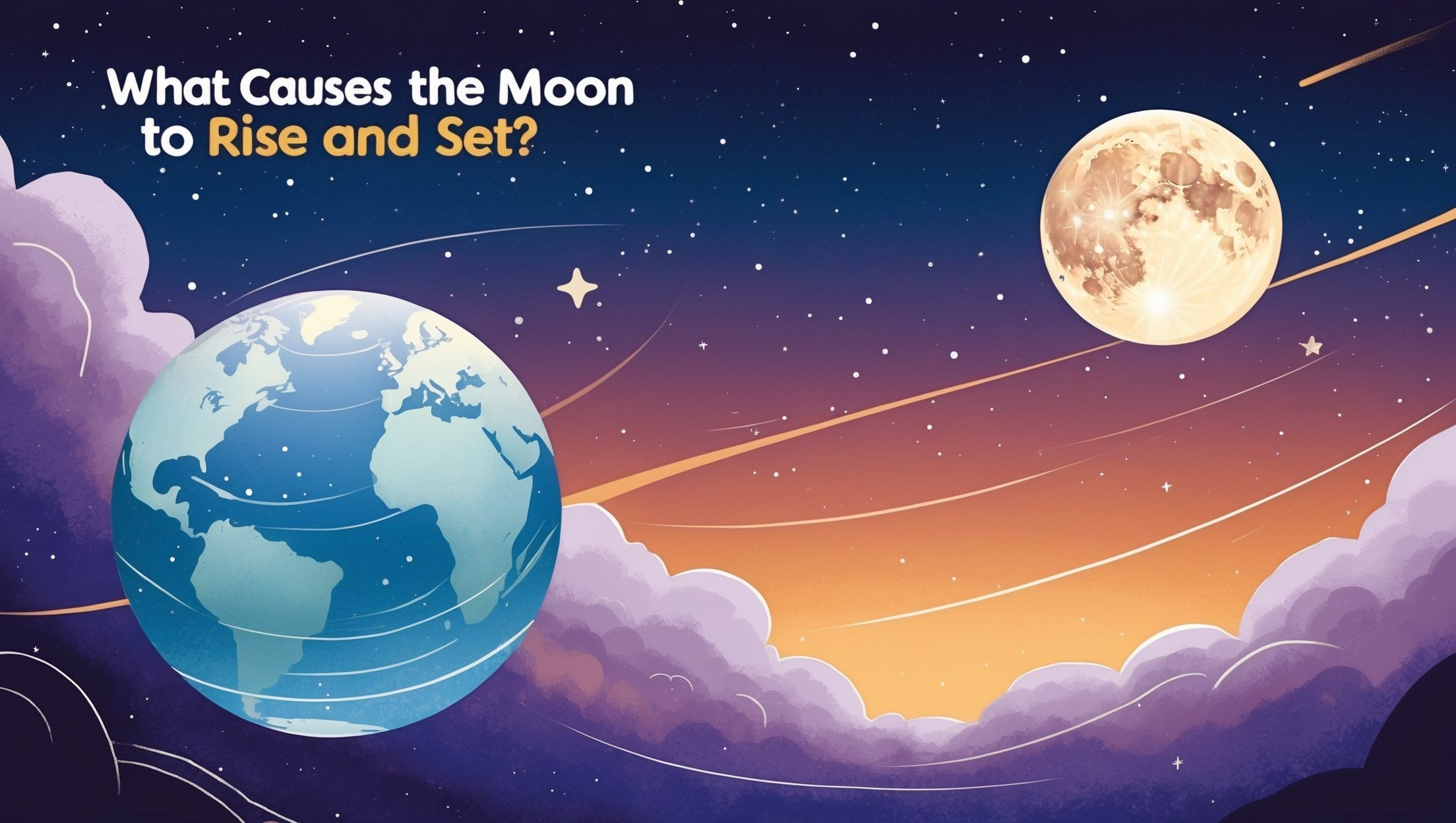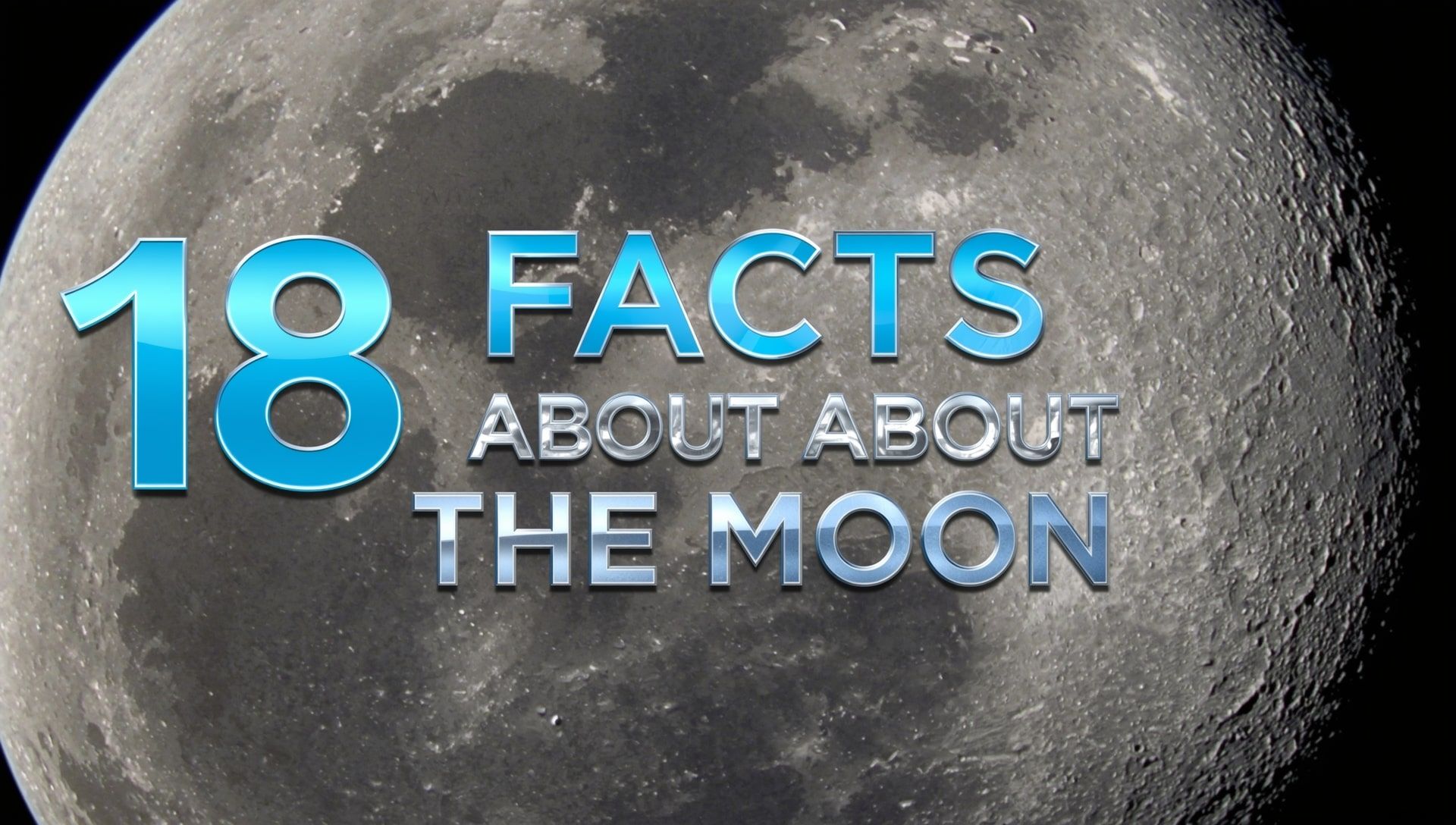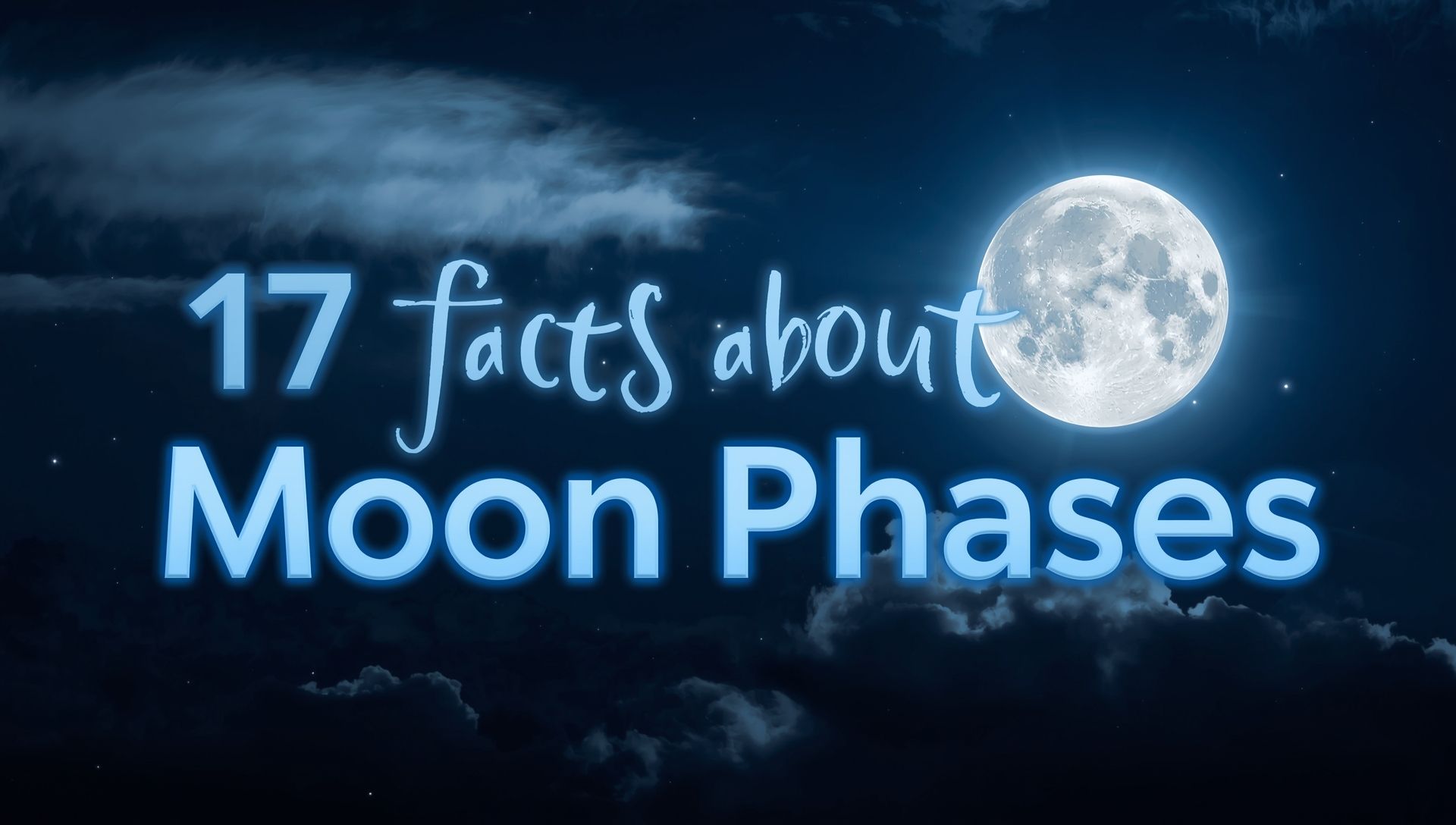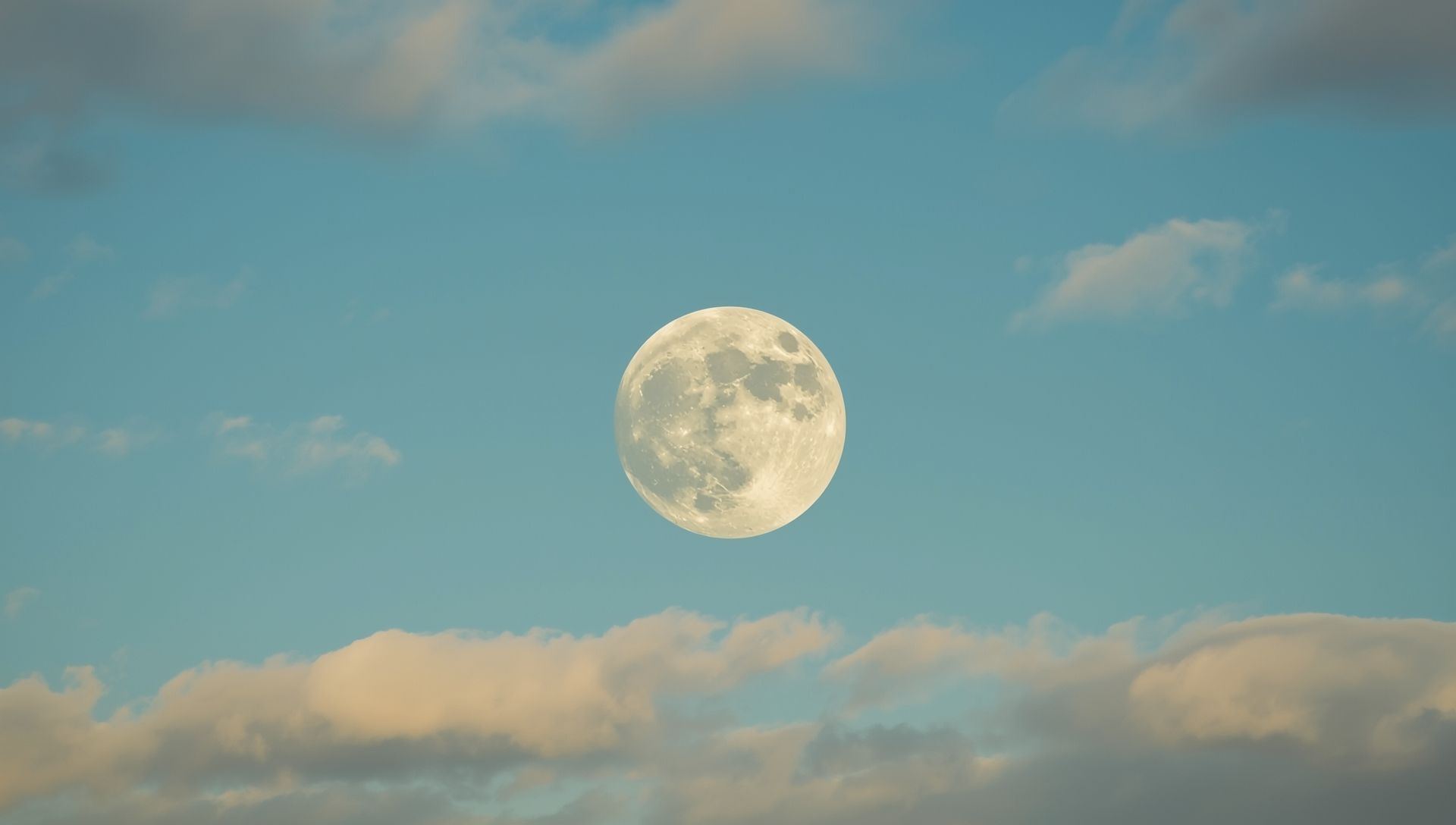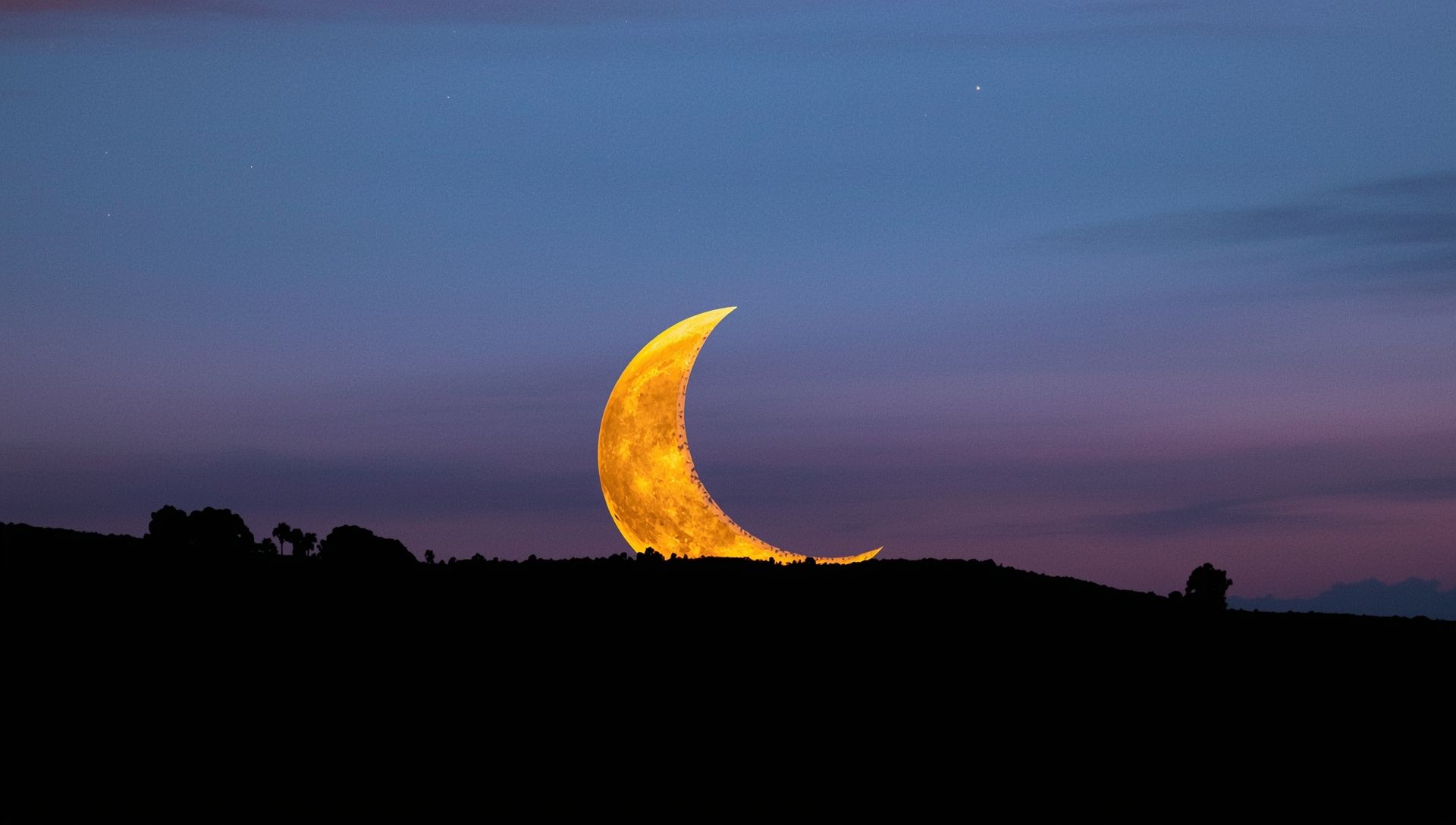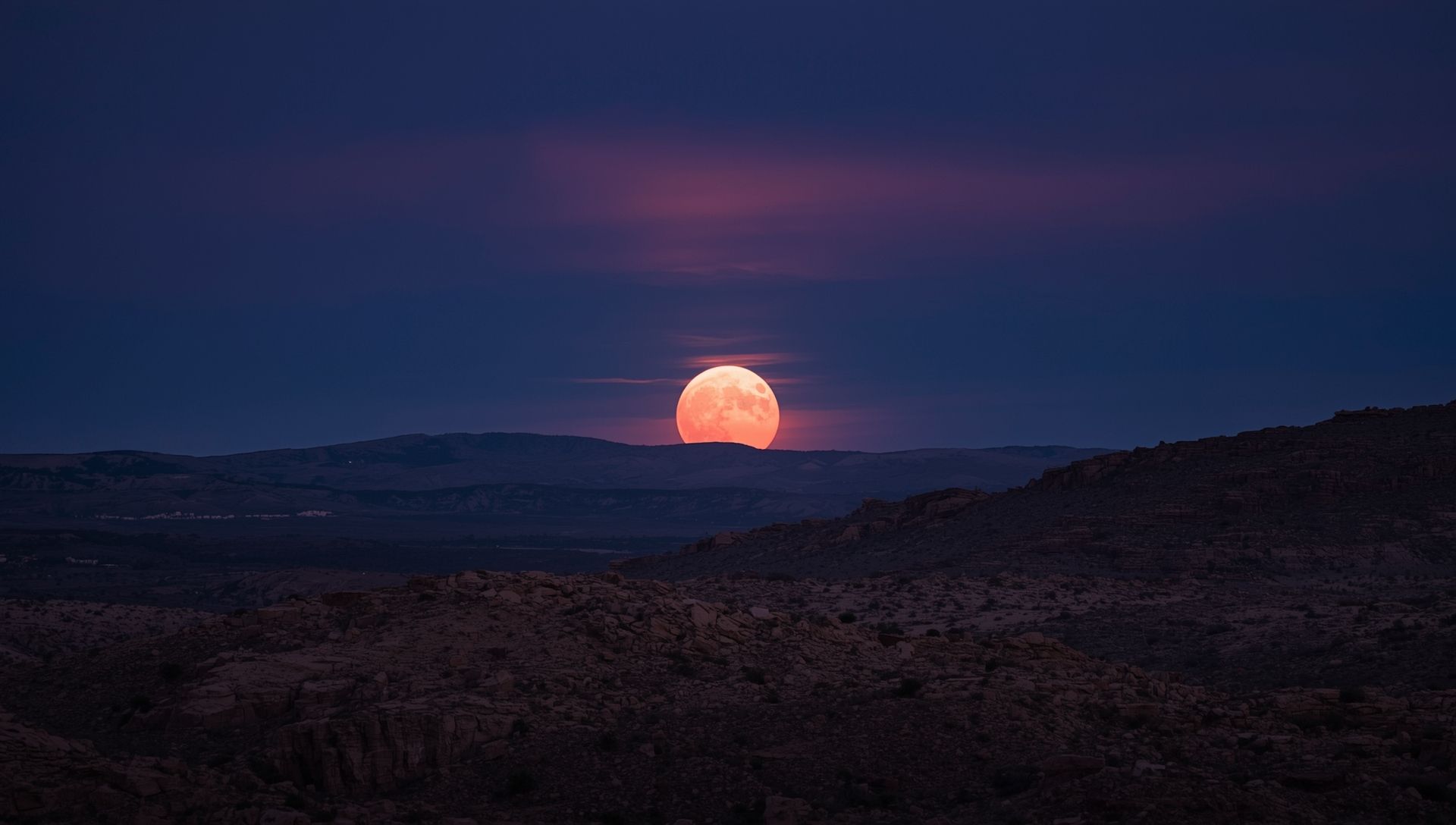The Moon feels like it glides across the sky on its own schedule. Sometimes it's out during the day, sometimes at night. But why does it rise and set at all? The answer isn’t just about the Moon. It’s about us.
The Real Reason It Moves
Earth rotates once every 24 hours. As it turns, it brings different parts of the sky into view. This spinning makes it look like the Moon, Sun, and stars move across the sky from east to west. But really, it’s the ground beneath you that’s doing the moving. You can see this same apparent motion in many time zones across the world, where the Sun and Moon appear to travel together.
The Moon does orbit Earth, but much more slowly—once every 27.3 days. That orbit slightly shifts the timing of each Moonrise, but the basic motion is from Earth's spin. This gradual change helps explain why the Moon’s rise and set times vary through its phases.
How Earth’s Spin Shapes What We See
The direction the Earth spins explains why the Moon almost always rises in the east and sets in the west, just like the Sun. If Earth spun the other way, it would rise on the opposite horizon. These consistent directions are beautifully illustrated in the world time zone map, showing how rotation shapes our view of the heavens.
Things That Affect Moonrise and Moonset
- Earth’s rotation: The main driver behind all rising and setting in the sky.
- Moon’s orbit: Adds a delay of about 50 minutes each day to the rise and set times.
- Your location: Where you are on Earth changes the angle and time you see the Moon rise, similar to differences between major cities.
- Time of year: The Moon’s path can shift slightly north or south with the seasons, much like how daylight saving time affects the length of our days.
- Landscape: Hills, buildings, or trees might block the view, making the Moon appear later. Even an alarm set to track the Moon’s rise can vary depending on local terrain.
It’s All in the Spin
The Moon’s rise and set aren’t random. They follow the rhythm of Earth’s rotation. Once you know that, the sky starts to make a lot more sense. And next time you watch the Moon come up over the horizon, you’ll know it’s really you doing the turning, our world spinning under a timeless sky, much like the steady pace shown by a global world clock.
